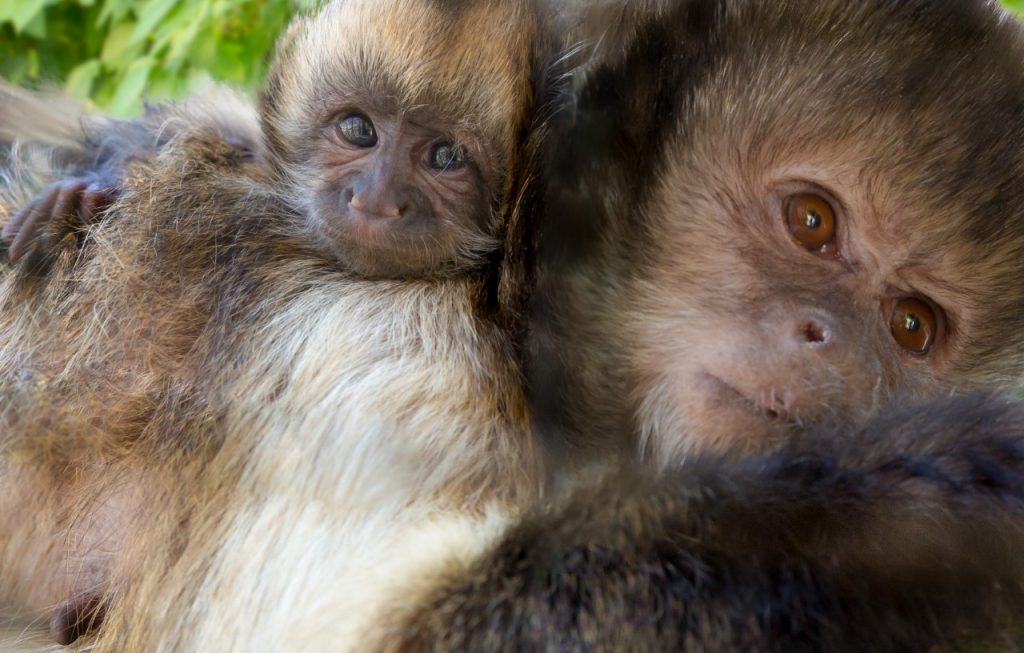Browser nutrition – Past, present, and future
Citation
Hummel J, Gussek I, and Clauss M. 2017. Browser nutrition – Past, present, and future. In Ward A, Coslik A, Brooks M Eds. Proceedings of the Twelfth Conference on Zoo and Wildlife Nutrition, Zoo and Wildlife Nutrition Foundation and AZA Nutrition Advisory Group, Frisco, TX.
Abstract
During the last decades, browser nutrition has received constant attention. Besides feeding preferences/feeding type, their body size should be considered when designing appropriate diets; potential feeds can be ranked according to their chemical (e.g. fermentative behavior) and mechanical properties (e.g. abrasiveness).
Large browsers like giraffe, moose, or okapi have been identified as particularly challenging to feed. Recent studies indicate the quality of their diets in the wild to be not as high as sometimes assumed (Steuer et al. 2014), while being of low abrasiveness (Hummel et al. 2011) – both facts proving concepts of essentials of their feeding in captivity.
A recent study on practical giraffe nutrition in German zoos gives indication for negative effects of e.g. excessive concentrate/produce feeding (Gussek et al., in press). This study also quantified the differences in fermentation rates (Gussek et al. 2016).
In the future, projects on appropriate protein levels in large browser diets appear on the agenda; on the side of basic research, phylogenetic influences (bovids vs. giraffids/cervids) on dietary adaptability of browsers appear worth investigation.








